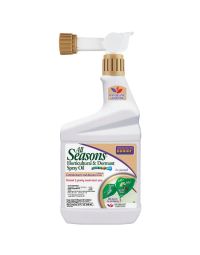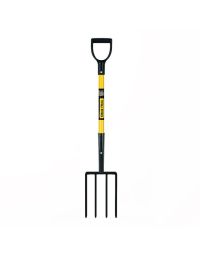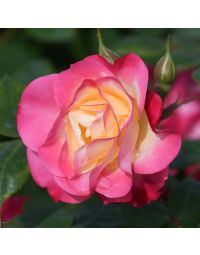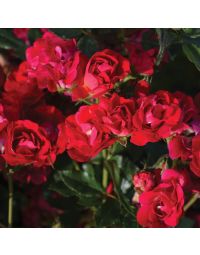The experts at Gertens have a few tried and true tips for how to prepare roses for cold Minnesota weather. Learn about our "Minnesota Tip” and other proven methods of protecting roses against early freezes in fall, the bitter cold of winter, and the dangers of thaw-freeze cycles in spring.
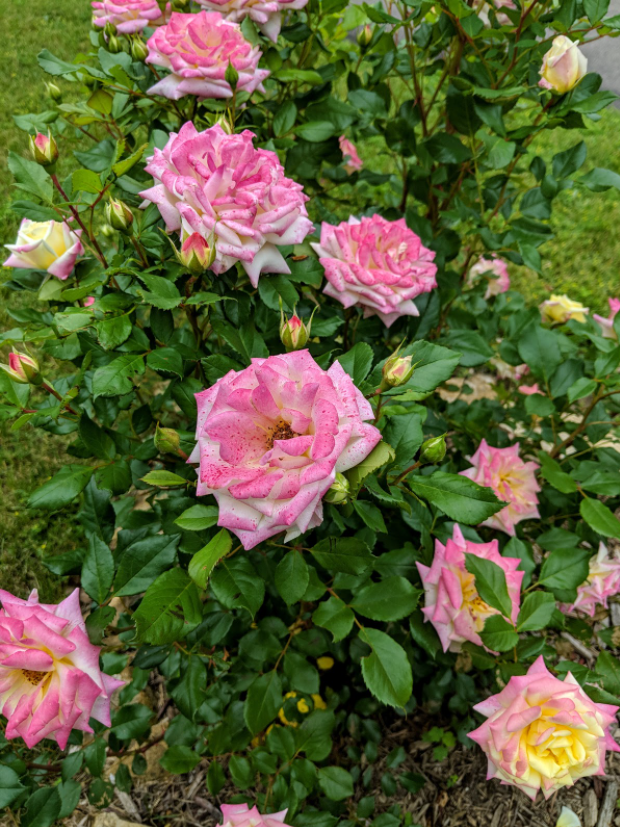
Protecting roses is necessary in Minnesota
These methods serve two functions:
- To keep temperature high enough to prevent winterkill.
- To keep temperature low enough to keep the roses dormant and prevent active growth.
Covering also serves to keep the sun and wind off the bushes. The sun and wind during the colder months can dry and wither the canes, a common cause of winter damage.
Winter
Winter protection starts early with work you do during the summer to bring your roses into the fall season in the best of health. Around August 15th apply a rose food rich in potash and phosphorus, but free of nitrogen. A good food would be 0-20-20.
Starting around October 20th, and before the temperature threatens to reach 20 degrees Fahrenheit:
- Water generously to keep the soil in good, moist condition and make it easier to bend the bush.
- Give your plants a good dormant spray. Some choices include Phaltan, Mildew King, and liquid lime-sulphur.
- Tie the canes of the bushes together to make them easier to handle.
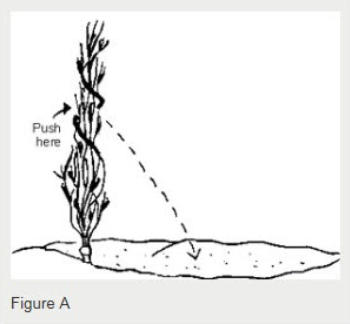
- Dig a hole, starting away from and working toward the base of the bush. Dig the trench as long as the bush is high.
- Dig it wide enough and deep enough to accommodate the bush or bushes. (You can put more than one bush in a good-sized trench.)
- Pull the soil away from the shank (the root stock just below the bud union or graft. Dig carefully so as not to damage the bush or its roots. Use a spade or shovel for the trench. Use a spading fork in loosening the soil around the roots.
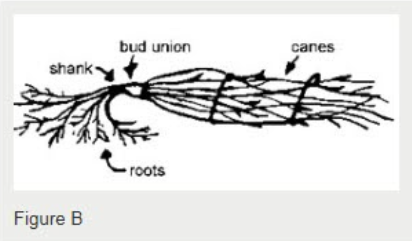
- When the trench is ready and the roots of the bush are loosened, use a spading fork to push the bush into the trench. Use the spading fork (or wire loops or weights) to hold the bush down while you cover it with 2 or 3 inches of soil. If the soil you removed in digging the trenches is not enough, add soil from your annual garden or elsewhere. REMEMBER: In the tipping method, only the roots bend. Pull the soil away from the shank, and it will be easy for the roots to bend.
- Cover the soil with about 1 to 2 feet of loose leaves or other covering such as marsh hay.
- Place rodent repellent such as Repels All among the leaves to discourage the visits of small (but destructive) field animals.
- Water the leaves well. The water cuts down on the danger of fire and also forms ice crystals to help the plants stay in a dormant state.
- Use fencing (chicken wire is good) around the rose bed (or lay it on top of the leaves) to keep leaves from blowing in a strong wind.
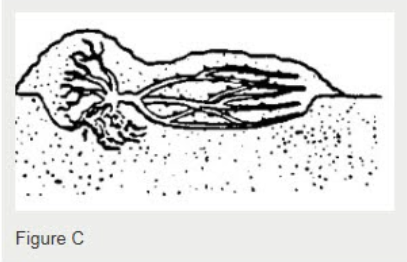
Spring
Spring care starts around April 1st. Uncovering your roses from their winter slumber.
- Remove the leaves in easy stages as leaves thaw.
- Remove soil gradually as the ice crystals thaw on remaining leaves and the soil thaws.
- On or around April 15th, raise the plants to an upright position, very gently.
- Water the plants and keep your sprinkler going on them. The water will keep the canes wet and protect them against drying winds.
- Spray with a good all-purpose fungicide and insecticide like Infuse and insecticide such as Eight.
- Work generous amounts of organic matter into the soil during the latter part of April.
Note: For each of the methods listed below, follow these rules as you did for the Tip Method. Water generously to keep the soil in good, moist condition, give your plants a good dormant spray, tie the canes of the bushes together to make them easier to handle and place rodent repellent to discourage the visits of small (but destructive) field animals. Do no pruning in the fall except when specified.
Variation of the "Minnesota Tip" without digging a hole
- Using a spading fork, gently loosen the soil all around the base of the bush. Then, still using the spading fork, push the bush gently over onto the ground. The plant should bend at the roots (below the shank); the soil should be very loose around the shank. Use wire loops or stakes to hold it down.
- Cover rose bushes with 2-3 inches of soil and about 1 to 2 feet of leaves or marsh hay, holding in place by fencing around the entire rose bed. Water the leaves well. Another variation would be to cover with just 2 feet of leaves or hay, using no soil.
- In the spring follow the same procedure as for the Minnesota Tip.
Bend, Hill and Cover
- Bend the bushes over very gently and carefully in an arch; pin or tie down with wire loops or stakes. Great care must be taken to avoid breaking canes off at the roots. Don’t try to bend short bushes. Mound up the base of the bush with soil (about 9-12 inches).
- Cover the bushes with about 2 feet of leaves or marsh hay, held in place by fencing or chicken wire around the entire bed. Be sure the leaf cover extends out at least 1 to 2 feet from the center of the bushes. Water leaves well.
- Follow the same procedure in the spring as recommended for Minnesota Tip.
Hill and Cover
- Mound up the base of each bush with soil – about 9-12 inches. A wire cylinder may be used to hold the soil in place. Very tall canes, which would whip too much in strong winds, may be cut back and the cane ends sealed.
- Cover the entire bed with about 2 feet of leaves or hay, held in place by a fencing. Water.
- In the spring, gradually remove the leaf cover, starting around April 1st. Then gently wash the soil off the bushes in stages, beginning around April 10th-15th. If additional soil was brought in to mound in the fall, be sure to remove the excess soil.
Polystyrene Cones
- Prune back the bush to accommodate the cone. Then place the cone over the bush and tightly seal the bottom of the cone with soil. Weight the base of the cone down with more soil, gravel, stone or some other weight material.
- The cones with detachable tops (for ventilation) are best. On warm days (and we do have them) the rose bushes can and should be given some air. The cones get like a miniature greenhouse with the warmth of the early spring sun. Mold can be a very serious, severe problem then; if unchecked it can cause death of the canes.
- In the early spring, remove the cones when temperature gets above freezing. Keep them handy to put back as necessary, for the plants will be very tender and sensitive to sun and drying winds in addition to the cold.
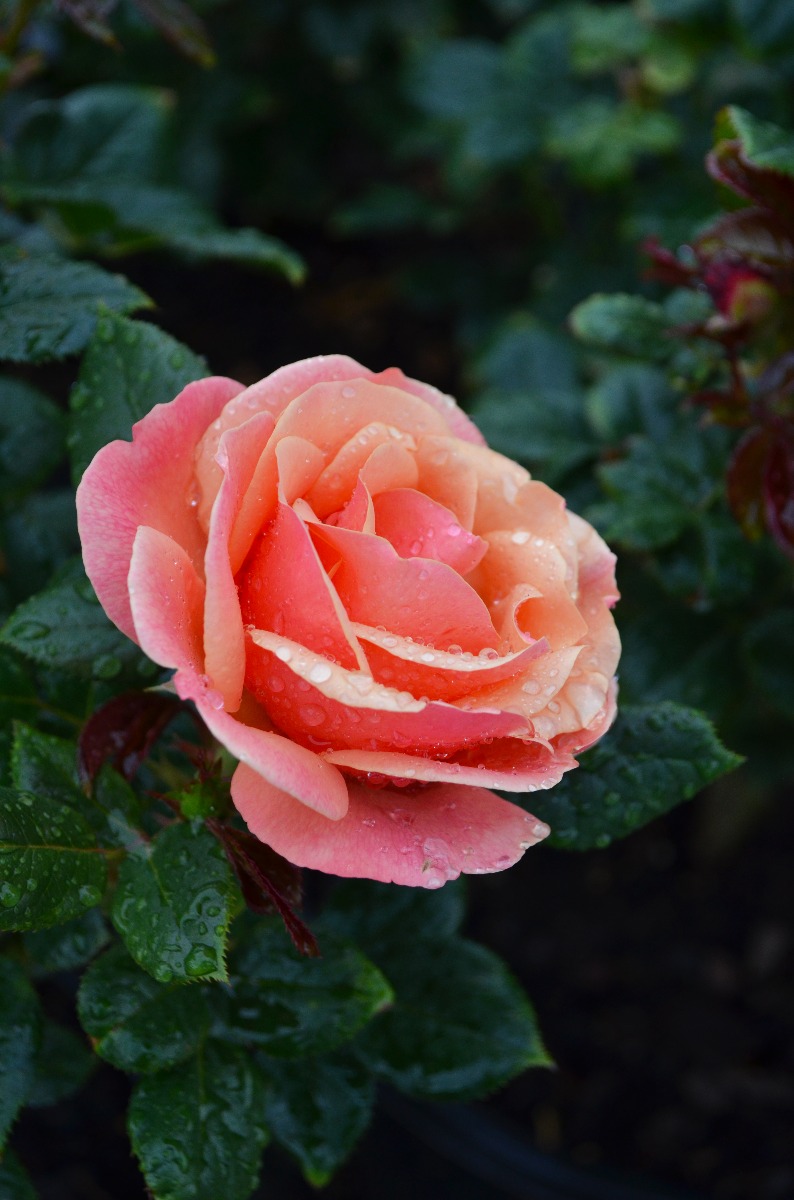
The experts at Gertens are always available to answer your questions!

